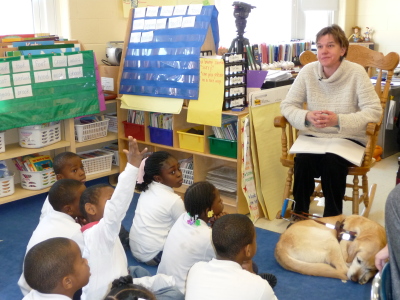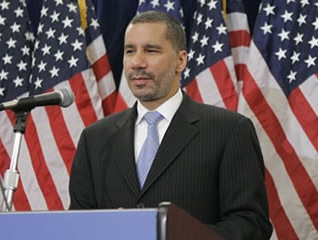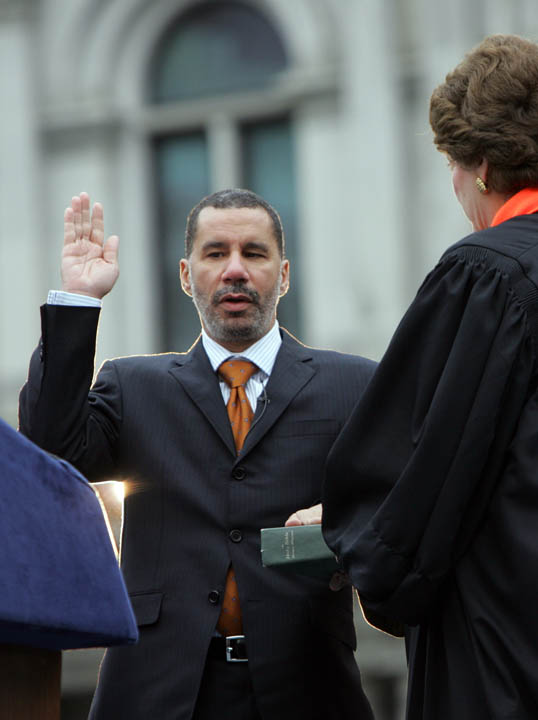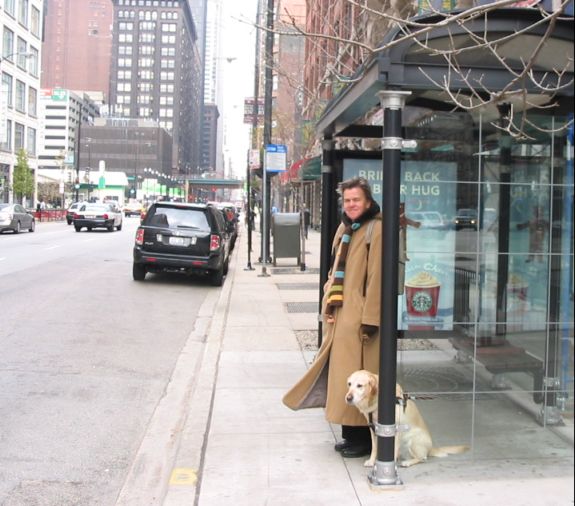Michelle & Me
January 26, 2009 • 15 Comments • Posted in Beth Finke, blindness, UncategorizedA friend emailed me after last summer’s Democratic National Convention to let me know how much I look like (what was then) the future First Lady. The blog post I wrote about that — titled Do I Look Like Michelle Obama? — garnered many, many replies. Most comments said no. Some weren’t sure what to say –They were afraid that maybe, because I can’t see, I wasn’t aware of one obvious fact that distinguishes me from Michelle. Even last week, comments to a post that had absolutely nothing to do with the Obamas (the post was about our trip to New Orleans) returned to the extremely important ongoing controversy.
For the record, though, I have never thought you look like Michelle Obama. Do people who say that realize that you’re white?!?!?!
My response, of course: “What?! I’m white?!”
And it’s no surprise that one of my four older sisters (it takes that many to put this spoiled baby sister in her place) chimed in right away to point out that I am too old, Michelle is younger than I am. Still, I wanted to believe.
Last week Mike and I went out with a couple of friends for dinner. One of them is a judge in Chicago and a friend of Michelle Obama. What? You didn’t know we hang with friends of the first Family? Dude. That’s how we roll.
Anyway,I’d never told the judge that anyone said I looked like her friend Michelle. If I really did look like the First Lady, though, surely Michelle’s friend would have noticed. But the judge never said a word about any resemblance. And I was seated right across from her. Within eyeshot.
What a disappointment! With all the reports of how classy, sophisticated, lovely, beautiful, stunning Michelle Obama looked during the inauguration last week — more than ever, I really wanted to believe I looked like her. Dang.
But wait! Eyebrows up! There is, to quote the new administration…”hope”! This morning I got an email from a friend in London, he was one of the early nay-sayers, one who felt it necessary to inform me that I am not Black, and so, of course, I could not look like Michelle Obama. His message opened with a review of the decisions President Obama has made so far, a question about which foreign country I think the new President will visit first, that sort of thing. But the message closed with this:
And yes i now do think the wife has a look of the finke about her. Not only the look but the poise. cant explain it but there is an energy to her that you have.
I’m beaming.
PS: Does Michelle beam?




